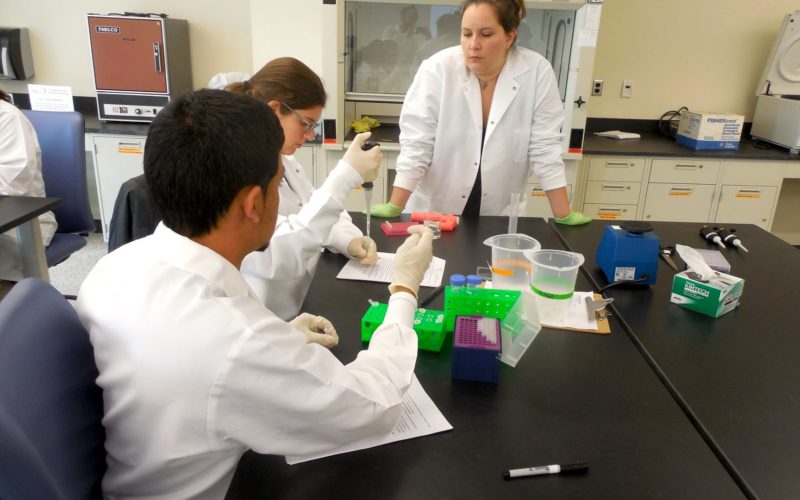SMSC faculty Jim McNeil, Anneke DeLuycker, and Sarah Putman recently published an article in The American Biology Teacher detailing a novel training module they developed for our undergraduate semester program in Wildlife Ecology and Conservation.
The module focuses on the cutting-edge approach of confirming the presence of certain species by finding the DNA they leave behind, in this case, in the water. This environmental DNA (eDNA) can be detected from water samples, allowing researchers to confirm the presence of certain species that may be otherwise hard to visually locate.
During this interactive module, students collect water samples from a nearby pond, then analyze those samples in our lab to detect the presence of the American Bullfrog. The activity helps demonstrate the connection between field surveys and lab work in conservation work, and teaches a novel sampling tool that has been quickly adopted by scientists and managers around the world.
Congratulations to our faculty for publishing this great work and helping other instructors and students around the world try their hand at eDNA!
McNeil, J., A. DeLuycker, and S. Putman. 2018. Using environmental DNA to connect lab science with field practice. The American Biology Teacher 80:285:289. DOI: https://doi.org/10.1525/abt.2018.80.4.285


